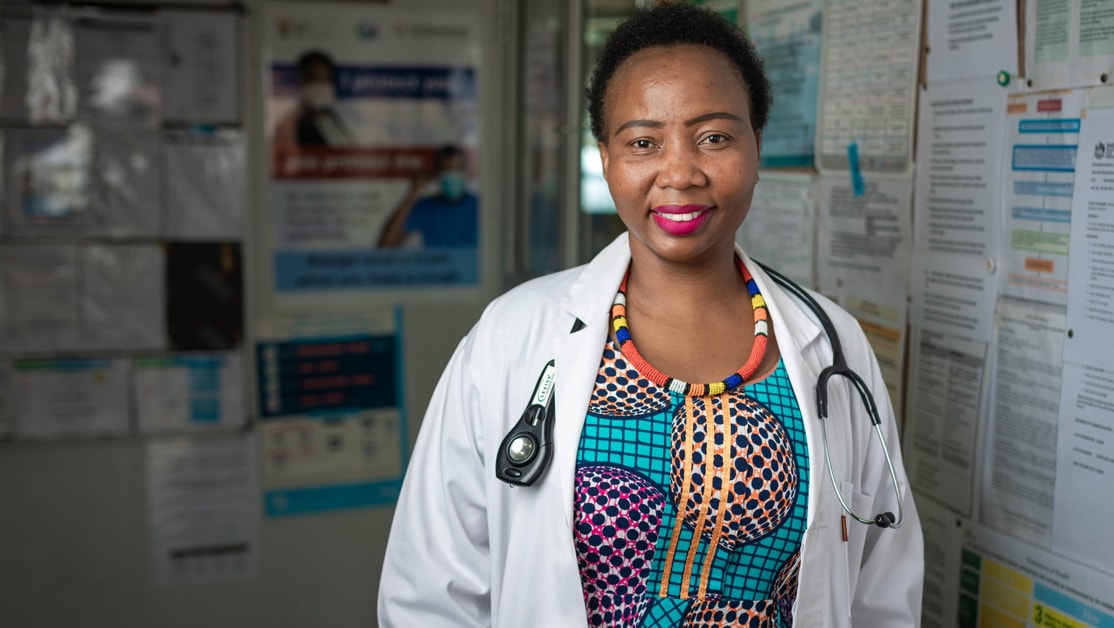At a glance
CDC’s Dr. Hloniphile Mabuza and colleagues are helping to transform the way health facilities fight HIV and TB in tandem.
One Physician's Journey

Photo credit: Thom Pierce 2018
A lifelong commitment to fighting HIV and ending TB
CDC's Dr. Hloniphile Mabuza remembers the patient that almost made her walk away from medicine as a young intern in Pietermaritzburg, South Africa. "It was one night in 2003 and I was called to attend to a highly pregnant woman with advanced HIV disease," she recalls. "The patient had severe respiratory distress and the sticker on her bed read 'not for resuscitation.' They were both dying and there was nothing we could do," Mabuza recalls. "The smell and sound of death was everywhere. I could do nothing but hold her as she and her unborn baby died. At that point, I said, I cannot do this anymore."
These were the early, dark days of South Africa's HIV epidemic, when HIV anti-retroviral treatments were not available in the public sector. But that would change soon. In 2003, the United States President's Emergency Plan for AIDS Relief (PEPFAR) launched - the largest commitment by any nation to address a single disease in history. Eventually, Mabuza would join the corps of CDC experts, working as part of PEPFAR, to help stem the epidemic in South Africa.
Mabuza has risen to become a leading force in the battle against HIV and TB in South Africa, spearheading innovations in treatment and service delivery that have helped transform the country's public health landscape. Over the same time frame, the number of infections in South Africa has decreased by more than 70 percent and deaths due to AIDS have dropped by half.
